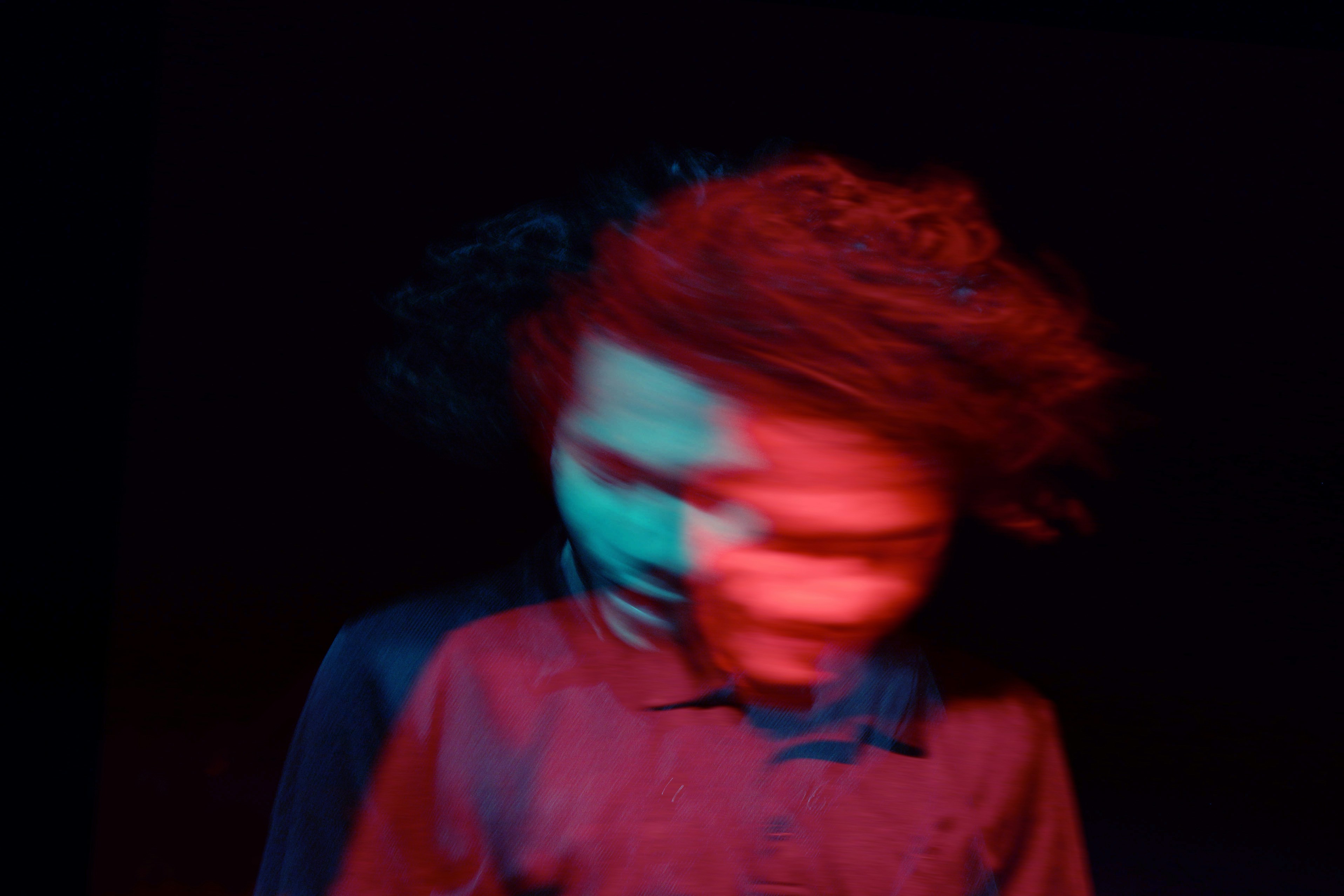To keep the body, mind, and spirit healthy, sometimes you have to think past fitness and nutrition and look deeper into your creative expression. Art has benefits beyond history, education, and entertainment. When people are hurting, viewing art gives them a sense of safety and comfort; when people are creating art, they express their emotions.
For those struggling with addiction, art therapy can be a powerful tool as these individuals may find it hard to verbalize their thoughts and emotions. The intention of therapeutic art is to facilitate self-reflection and encourage even the people who say, “I’m not good at art!” to let go of expectations. See how art can become a valuable part of someone’s daily life and benefit their mental well-being.
What is Art Therapy?
Art therapy is a transformative treatment approach that allows individuals in recovery to express complex thoughts and emotions they might struggle to convey with words. Through creative expression, creating art enables participants to explore, understand, and address issues related to their substance abuse or other mental health disorders.
Furthermore, art therapy does not require any prior artistic talent; it is all about the process and how it makes you feel afterwards. Trained therapists guide and facilitate the sessions, offering support and interpretation as participants engage with the creative process. Whether it is painting, sculpture, music, or dance, this holistic activity is great for helping addicts explore their emotions, confront underlying traumas, and develop healthier coping mechanisms.
This versatile treatment can be integrated into various therapeutic contexts, including individual and group settings, and is most effective when used in conjunction with counseling, medication-assisted treatment, and support groups.
What Are the Benefits of Art Therapy?
- Allows for Healthy Emotional Release: Art therapy offers individuals a safe and non-verbal avenue for processing and releasing their emotions. Often, those struggling with substance abuse find it challenging to articulate their feelings through words alone.
- Provides Stress Management: Substance abuse often goes hand-in-hand with high levels of stress and anxiety. Creating art can be soothing and meditative, helping to reduce the physiological and psychological effects of stress, which can be crucial in preventing relapse.
- Increases Motivation to Change: Creating art can be a deeply rewarding experience. As individuals see their creative abilities grow and witness the positive impact of their artwork on their emotional well-being, it can boost their motivation to pursue a life free from addiction. Art therapy provides a tangible sense of achievement and progress, which can be a powerful motivator throughout the recovery journey.
- Functions as a Break from Talk Therapy: During talk therapy, individuals may become fatigued from discussing deeply emotional or challenging topics. Art therapy allows them to temporarily step away from verbal expression and use creative mediums like painting, drawing, or sculpting to convey their feelings and experiences.
Mindful Art Therapy Activities
Using art as a healthy coping mechanism is an act of self-care, taking you away from the stressors of life and closer to introspection. Here are activities that can work for any skill level, across different mediums.
How Coloring Relieves Stress
Adult coloring books became popular for a reason—even twenty minutes of coloring can significantly reduce stress. Mandala coloring activities have been used at senior centers and in classrooms, getting artists engaged in group settings. Workplaces can also benefit from implementing coloring activities into their wellness programs; when using coloring as an act of self-care, workers are able to reduce the risk of burnout, self-regulate, and manage high levels of stress.
How Painting Grounds You
People who begin painting find that it gives them a passion to pursue while also regulating negative emotions. During cancer treatment, patients who painted while undergoing chemotherapy showed less signs of depression than those who didn’t participate in painting art therapy programs.
A painting can easily become a piece of process art. This form of art emphasizes the way that it’s made more than the end result, allowing a piece to be transient and immersive. Fingerpainting is a tactile way to focus on the flow of creation; as you blend colors and squish paint between your fingertips, the outside world will fade away.
How Sculpting Eases Overstimulation
Stim toys such as thinking putty and squishy stress balls keep people’s hands busy while they need to concentrate. The same can be said for sculpting—it forces you to think about physical space, concentrating on the material at hand. Clay can be molded into human forms, letting an artist see themselves in their work. Or if someone is feeling overwhelmed or angry, clay is a medium that can be easily manhandled and manipulated, working as a stress reliever for many.
Eco-art therapy, using nature to find a sense of connection and healing, often focuses on physical structures; participants sculpt with nature, such as using moss, sticks, stones, and wildflowers to visualize a “safe space.” People who utilize nature art therapy engage many of the senses at once, develop a deeper appreciation of nature, and alleviate their stress and depression.
How Drawing is Introspective
Drawing, even scribbling or doodling on the corner of your paper, is a natural stress reliever; people who draw get more relief from their negative moods compared to people who only look at art. The process in itself matters.
Drawing distracts you from rumination. Putting pen to paper can help you manage your understanding of more complex, troubling thoughts such as dealing with illness or death. For this reason, many art therapy practices have been implemented in hospitals, rehab centers, and senior living.
How Collaging Works for Self-Expression
Collaging is an art practice of patience; as it takes time to cut around each shape, dexterity to arrange the elements on a page, and careful attention to the magazines and newspapers you’re flipping through. This mindful activity is a versatile game of free-association; the decisions you make are reflective of how you feel inside.
Because collaging is a form of mixed media, many creative choices can be made to reflect aspects of your daily life. For example, if you have a garden, you can include pressed flowers in your pieces; if you’re feeling down, you can take a note written by a loved one, stick it to a canvas, and decorate around it. Collaging can get you involved in the world around you, allow you to appreciate your happy memories as you glue down ticket stubs and photographs, and help you realize what you are grateful for.
Misconceptions About Art Therapy
Art therapy has been around since the 1940s, yet there are still many misconceptions about it. Let’s clear up some myths!
Myth 1: You need to be an artist.
You do not need to have any artistic ability whatsoever. Art therapy is not an art class. It is not about learning painting techniques or becoming the next Picasso. It is about self-expression, exploring your emotions, and improving self-esteem. Art therapy can be a rewarding experience whether you are a skilled artist or not.
Myth 2: Art therapy is for kids.
Sure, kids can benefit from art therapy, but so can you. Art therapy does not discriminate based on age, sex, or race. We could all use better ways to express ourselves. We could all learn more about our emotions and how to manage them. We would all like to experience less stress. Do not let pretty colors and fun materials fool you: art therapy is for everyone.
Myth 3: Art therapists are not “real therapists.”
You need a master’s degree and special certification to be an art therapist, so art therapists are most certainly “real therapists.”
Myth 4: You’re going to see my artwork and know what I’m thinking.
Art can be brutally honest, and often serves as a window into a person’s soul, but no one can read your mind, not even an art therapist. An art therapist never assumes anything at face value about what you drew. This is why we ask questions like, “Why did you choose that color?” or “How does this image tie to that image?”
On the other hand, while we cannot read your mind, we do have art assessments that we can use to aid in diagnosing. Art therapy is about deep exploration, and art therapists serve as facilitators who can help you see things differently or discover things about yourself. But ultimately, we cannot tell you what you are thinking or how you feel – only you can do that.
Hopefully, this is a start to understanding what art therapy is and isn’t. If you are interested in exploring art therapy on your own, a basic book I use is: The Art of Recovery by Whitney Nobis. It is a book about self-exploration with exercises you can do on your own. But please be advised, if you are looking to further explore the subject, locate an art therapist that has their master’s degree or is certified. You can locate one in your area through www.arttherapy.org.
If you or a loved one is struggling with addiction, Mountainside can help.
Click here or call (888) 833-4676 to speak with one of our addiction treatment experts.

 By
By 







